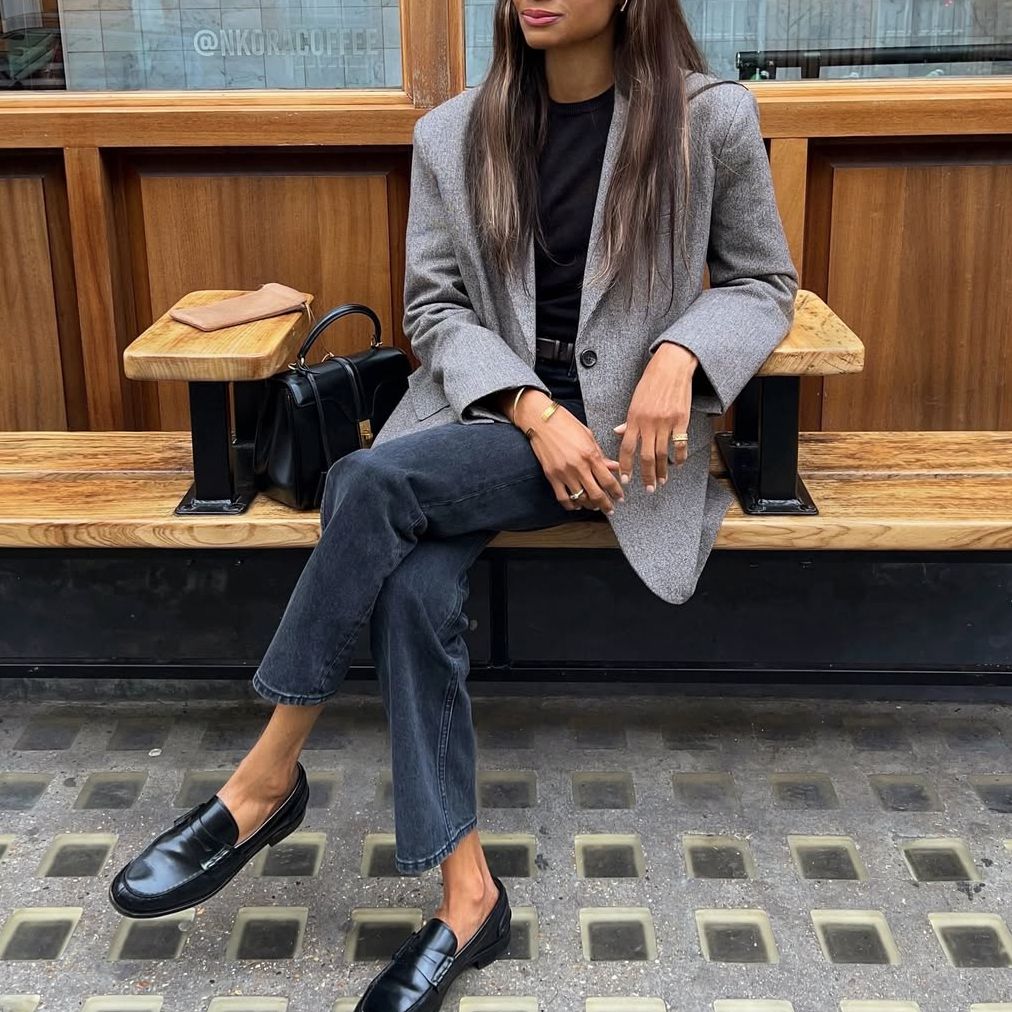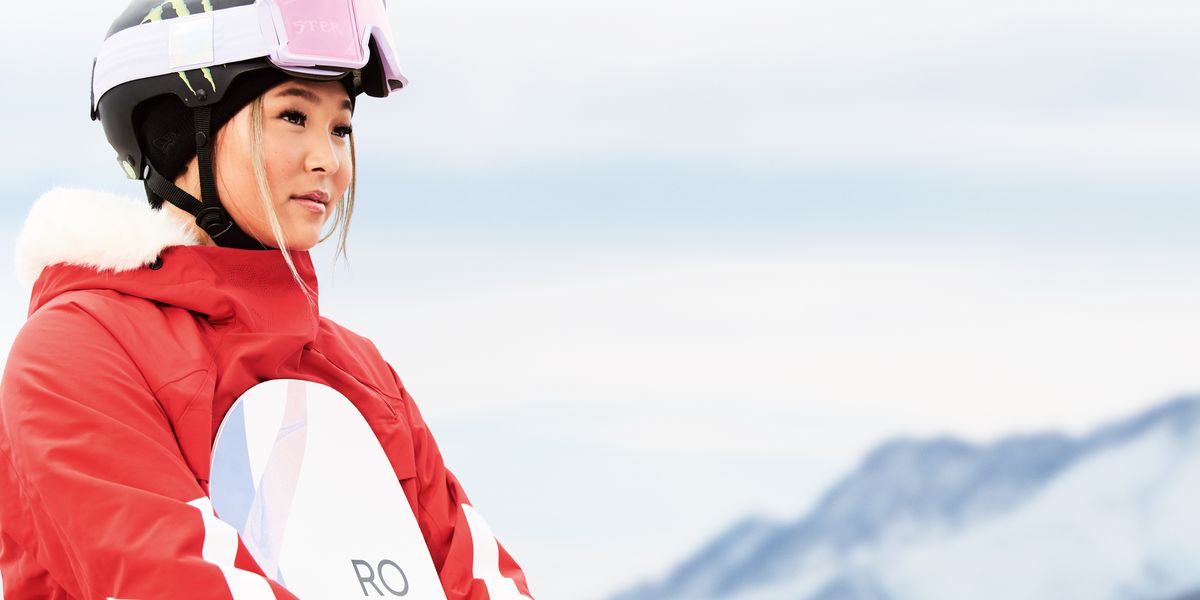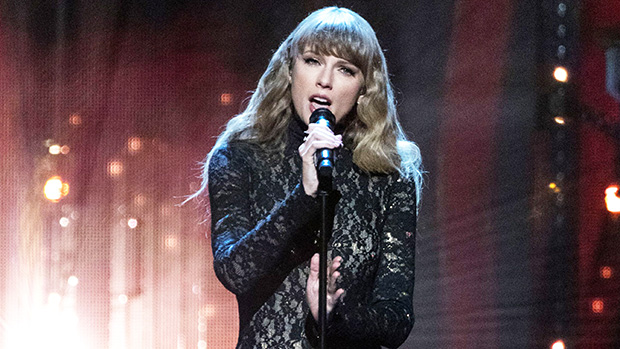With We’re All Going to the World’s Fair, Jane Schoenbrun crafted an unsettling yet deeply affecting portrayal of alienation in the internet age.
Backed by A24, their sophomore feature, I Saw the TV Glow, explores similar themes of dysphoria through a wider scope without sacrificing the personal resonance.
I spoke with Schoenbrun about how the movies complement one another, recreating the 1990s on film, their love of Buffy the Vampire Slayer, and more.
Bloody Disgusting: In your own words, what’s I Saw the TV Glow about?
It’s a movie about these two kids [played by Justice Smith and Brigette Lundy-Paine] stuck in the suburbs who are obsessed with the kind of TV I was obsessed with when I was a kid stuck in the suburbs, which was a trend specific to maybe the era that the movie takes place in, which is the 1990s. It’s a TV show [titled The Pink Opaque] in the vein of Buffy the Vampire Slayer that I would maybe call the “soap opera teen girls fight monsters and save the world” subgenre.
Growing up, I loved those shows. I love Buffy the Vampire Slayer in particular. I loved it so much that, in hindsight and especially as I’ve sort of come into myself as a queer and trans person, I think I clung to it as a place to put a lot of my identity; a place where I was able to exist and express a form of love or identity that I didn’t feel comfortable expressing in the environment that I was growing up and existing within.
So, in many ways, I think it’s a movie about repression. But it’s a movie that’s also speaking from within the language of those TV shows. The boundaries between the quote-unquote “real world” and this fantasy world of the show begin to bleed as the movie moves along.
BD: Did the leap in scope, budget, and resources from We’re All Going to the World’s Fair to I Saw the TV Glow affect your approach or add any pressure?
I don’t know if it added pressure. I think I was under the most pressure that I’ll ever be under making a movie when I made World’s Fair, just because it was my first time stepping into the role of director, and there was a lot of imposter syndrome to get over. I just hadn’t proven to myself that I could make a movie yet, so I think that will always be the most terrifying filmmaking experience — knock on wood! — that I ever have. But I was definitely aware of this huge leap in scope and budget, and also the system that I was operating within.
World’s Fair was a movie that I had made somewhat in isolation. We had one, single independent financier who was about as supportive a person as you can imagine. There wasn’t any worry that I wouldn’t be able to do whatever I wanted to do on that movie, and I very much cultivated that. I wanted to make my first movie in an environment that felt completely safe in that way so that I could do something uncompromised. But, on the other hand, it was a movie that I made with no resources, so it was inherently limited by the fact that, like, we couldn’t really afford more than two rooms to shoot in. [laughs]
I think I knew enough about how to make a movie, even from the beginning of that process, that I didn’t try to fight against that. I really tried to make a movie that is textually and emotionally, spiritually aligned with that kind of production reality. It’s a movie about amateur art making in a lot of ways, so making it in this outsider art kind of way made a lot of sense.
Similarly, when I started the process of setting up TV Glow, I knew it was a movie that could only be made from within a commercial landscape. I tried to think about knowing that this is going to be a different process with different benefits and different challenges. Like, what should I lean into?
For instance, this is a movie where it’s not so much about blending of like documentary and narrative forms that World’s Fair is; it’s much more about building almost like these paintings. I had the resources to create worlds and create landscapes and create the kinds of set pieces and images that were utterly out of range with the first film. I really tried to embrace that, while also still making something that — even though the form it was speaking in was a different vernacular — could still be very personal and very much something that felt like my own attempt at making an A24 movie.
BD: I think you were successful at that. Did you set out to explore a subtext of dysphoria with your films, or did it happen naturally?
With World’s Fair, it was very organic in that I knew I wanted to make work about my youth on the internet. Once I heard about the creepypasta community — which was sort of the generation below me’s version of a thing that I very much was engaged in a pre-YouTube, Flash video version of the Internet that I grew up with — I knew that I really wanted to make work about what it was about those darker corners of the Internet that I felt so drawn to as a young person.
I also knew I wanted to make work about this feeling of alienation that, at the time, I didn’t really have a word for but now I would call dysphoria. So much of that process of making that movie about a frustrated, young artist searching for identity through fiction was tangled with my own attempt at that; not as a teenager, but as somebody pushing 30.
By the time I shot the movie, I knew full well what I was talking about. I had come out to myself and had started coming out to the people around me, and I understood the movie as a text about the trans desire to find oneself through darker-toned fiction before it feels safe or comfortable or even possible to find yourself in your own body.
When I set out to make TV Glow, I really wasn’t starting from scratch. I remember very early on being like, “Great, now I have to totally start it over.” And then I was like, “No, wait. Actually, I just need to keep burrowing deeper into my obsessions and into the language that I am creating for myself as an artist.”
It wasn’t about the same thing. TV Glow is a movie that is very much reflecting on the next stage that comes after finding the language to explain this wrongness. It’s a movie about, once you’ve found that, what you do with it. It’s a movie from just on the other side of repression, reflecting on repression, its consequences, how it’s formed, and what it takes to overcome it in a space that doesn’t want you to do that.
In both cases, the movies and the way the way that I’ve learned to make things that feel personal and expansive and urgent to me as an artist, the movies are sort of interrogating whatever it is in my life that I’m fascinated by interrogating; not explaining an experience that I understand, but trying to understand an experience that I’m going through from the inside.
Over the last couple of years, that’s just been gender transition, so I think the work has very much been about that — and will probably continue to be for some time. But hopefully the work is also articulating a world view that isn’t separate from my transness, because I’m trans, but is more than just work about transness.
BD: What was your approach to capturing the 1990s in the film?
I think one of the core ideas was sort of unearthing hidden collective memories. When we think about nostalgia, when we think about the ’90s, when we think about the language of the suburbs for childhood in American film and especially in American genre film, I like to say it’s like somebody is now ripping off J.J. Abrams ripping off Steven Spielberg. These tropes of flashlights and bicycles are so overdone that they’re almost like lazy stand-ins for a feeling that once illuminated something.
In making my own work about that space, aware of that lineage, I feel like I’m really looking for ways to conjure a similar time period but in a way that feels like I’ve tapped into something that that’s a little more unseen or hasn’t been like bled of its power to the point of cliché.
A lot of the process of that on this film was just thinking about my own childhood in the suburbs and all that remained magical about it — like the inflatable planetarium that they used to bring into my like my elementary school gymnasium, or how eerie it felt going to the high school as a kid with my mom on election night to vote after hours — these little puffs of smoke that conjure a powerful feeling of another time.
The other end of that is just like being hyper-aware of the way the ’90s was being reflected back to me on television back then, and wanting to interrogate a lot of that iconography and imagery with Brandon [Tonner-Connolly], my production designer. We talked a lot about full-genre production design; this comic book-style, heightened, cartoonish landscape — like something you might see, and I love his films, in a Rob Zombie film — versus the more serious, Oscar-baby period piece production design, where everything is like trying to feel like a photograph from Time Magazine from the 1990s or something.
We talked about really trying to land right in the middle of those two extremes, so that everything could have this sort of heightened sense of unreality and candy-colored nostalgia, but could also still feel like dialed into something more restrained.
BD: Tell me a little bit about the soundtrack, which also evokes the ’90s.
I think one of the first places that that impulse came from was just remembering how big of a part of ’90s television music was; like the trope of a new band coming to play each week at the Bronze on Buffy or the Peach Pit on 90210 or Buffalo Tom for some reason playing in the hometown of the kids from My So-Called Life.
I always loved that. It was a big gateway to a lot of the music that I would come to love in my teenage years. Music was such a deep and core part of my teenage experience. Making a teen angst film, it just felt like it needed to be filled with teen angst music.
Early on in the process, I basically pitched A24 the idea of making a soundtrack from an alternate dimension, like a soundtrack that could double as the soundtrack for this TV show that never really existed. The idea was that we would get all of these contemporary bands to write the song that they would have played if they played at the Bronze on Buffy.
This was just fun for me. This was a movie studio giving me a present: getting to commission music and then work with these artists who I loved and try to be the spiritual center of a huge collaborative project where all of these individual artists were writing music that was aligned with the film and that could end up forming what I think of as a very handcrafted mixtape that I can share with folks.
It’s separate from the movie itself. I really tried to treat it as its own piece of art that was going to get made, but of course it’s tied into the movie — hopefully in the way that my favorite soundtracks can kind of exist as their own pieces of art but refer back to the movie, and then vice versa; the movie makes you want to listen to the soundtrack. This was the goal. A lot of hard and earnest work went into it with a lot of amazing artists.
BD: With Buffy being so formative for you, what was it like working with Amber Benson?
Such an honor. It was really important to me to put Amber in the movie. We reached out, and once she said she was interested in doing it, I got to chat with her about what it would mean to me, and I think to others, to put her on the screen in this particular movie and in that particular moment where she shows up. It was a deeply emotional experience, and 14-year-old me was very much there that day.
The idea of the movie having this very physical connection to my own youth, watching Tara [her Buffy character] and relating to that character and loving that character and having some unfinished business with what became of that character, getting that kind of opportunity and getting to collaborate with Amber was just deeply gratifying.
BD: The Coolidge Corner Theater in Boston is presenting you with the Breakthrough Artist Award this weekend. How does it feel to receive that kind of recognition for your work?
Super cool. I went to college in Boston and was like a 20 minute walk from the Coolidge, so I have a lot of formative memories watching horror movies there. I think at one point I even went to a Buffy the Vampire Slayer musical sing along there at like age 19. It’s really fun and sweet to return to that space.
Boston, for me, is a city that I’ll always associate with my burgeoning cinephile adolescence. I spent so much time at the Coolidge and the Brattle and the Harvard Film Archive during my years in that city. Getting an award is cool. I don’t know what to say about it. I feel so early in my artistic obsessions and pursuits. I feel in many ways still in the early stages of my hopefully long career making work that I am proud of.
The fact that it’s already resonating with folks and that it’s being recognized in all of the ways that it’s being recognized is just an amazing gift and so validating; but not just because it’s praise, but because it makes me feel optimistic about the chance to continue doing it for a long time. Ultimately, that’s the thing that makes me proudest and happiest: the idea that I can just keep doing what I love and telling stories and creating images that are deeply personal.
BD: To wrap up, why would you recommend someone seek out I Saw the TV Glow?
I think that a lot of movies that get made, and especially a lot of movies that get made these days in a commercial paradigm, it’s become increasingly rare for movies to be the personal vision and emotional articulation of an artist to an audience. To me, that’s so, so important in the work that I make.
It’s a movie that hopefully is really fun and filled with gorgeous, strange, beautiful sights and sounds; but I think it’s also a movie that comes from deep within my heart and personal experience. If you’re the type of person who looks to cinema to commune with others rather than, you know, catch the latest Marvel movie, hopefully there will be something refreshingly personal about it.
I Saw the TV Glow is currently in select theaters and will expand nationwide on May 17.


























































![Mason Ramsey – Twang [Official Music Video] Mason Ramsey – Twang [Official Music Video]](https://i.ytimg.com/vi/xwe8F_AhLY0/maxresdefault.jpg)


























